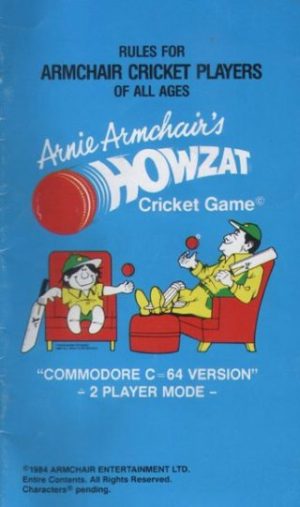
Armchair Entertainment were a group of Australian entrepreneurs who published sports simulation games in the 1980s. Micro Forte’s “Arnie’s America Cups Challenge” (1986) and “Arnie’s Armchair Howzat! Cricket Game”(1884) that was later republished in the UK by Tynesoft as “Ian Botham’s Test Match” (1985).
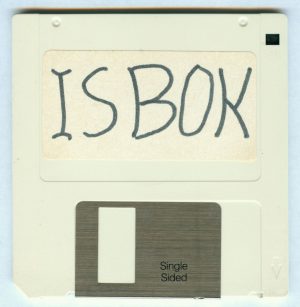
Collector Alan Laughton. “Back in the 80’s I was also a stamp collector, so collecting came natural. But for computer games, there was a scarcity of games for the Microbee at the time, so one collected everything you could, be it a type-in, public domain, downloaded from a RBBS, swapped with a friend, etc.”
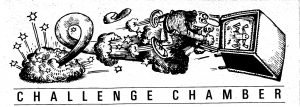
Showcasing gaming achievement was important for many game fans. Home computer fans had no public leader boards like those enjoyed in the arcades but magazines once more came to the rescue of Australian micro computer gamers. Each month with the pages of the Australian edition of PC Games, gamers were invited to send their high scores in ‘Challenge Chamber’.
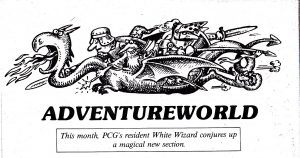
Help columns were a regular feature of computer magazine in the 1980s. As Adventure games were perhaps the most challenging games to play frequently leaving players stuck and unable to progress the Adventure help guru was a must for most game publications. The popularity of “The Hobbit” and the challenges of the Megler’s world and puzzles and the possibilities of Mitchell’s parser saw many column inches dedicated to the game.
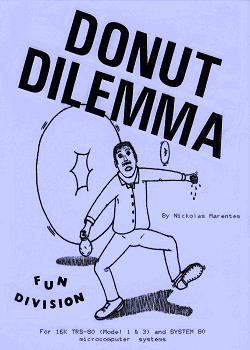
How does game development back in the early 80’s compare to game development today? For starters, the computers of that era were far less powerful and didn’t have anywhere near the graphics and audio capabilities of today’s power houses. My TRS-80 was monochrome and offered a graphic resolution of only 128 x 48 pixels and sound was generated by toggling the cassette output port on and off.
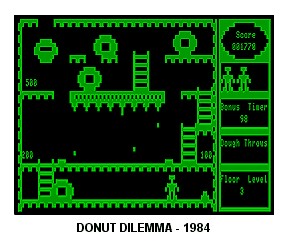
I was a bedroom programmer like many others who shared this dream in the early 80’s and I loved it! Looking back at my achievements, I did create commercial quality games, I did create a software company and I did eventually sell my games around the world. Unfortunately, I am still waiting to become rich
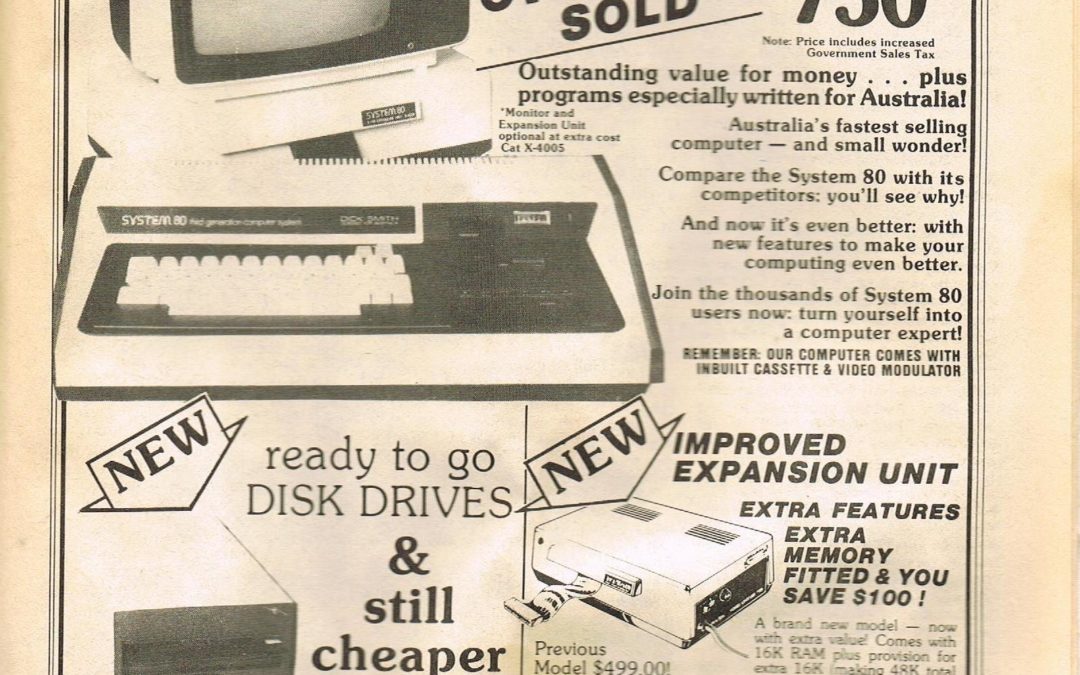
What was the games computer in your house? Did your household spend up big, or opt for a ‘little’ computer? Was the purchase a big deal occasioning much research, or did it just arrive? Did it plug into a (the?) TV or separate monitor? What are your abiding memories of using it? Please tell us your story, better still if you have pictures!
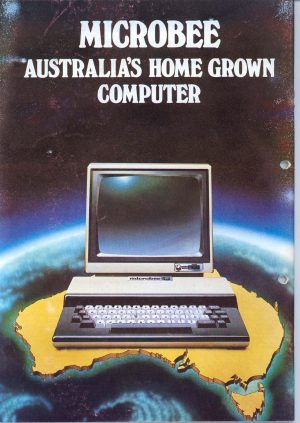
The Microbee was an Australian computer designed, built, and marketed by Applied Technology, in Gosford, N.S.W. Originally released in February 1982, it was intended for the schools market but also had a wide and deep following amongst home users. A considerable amount of software was published locally for the Microbee, through Honeysoft. Many titles were games.
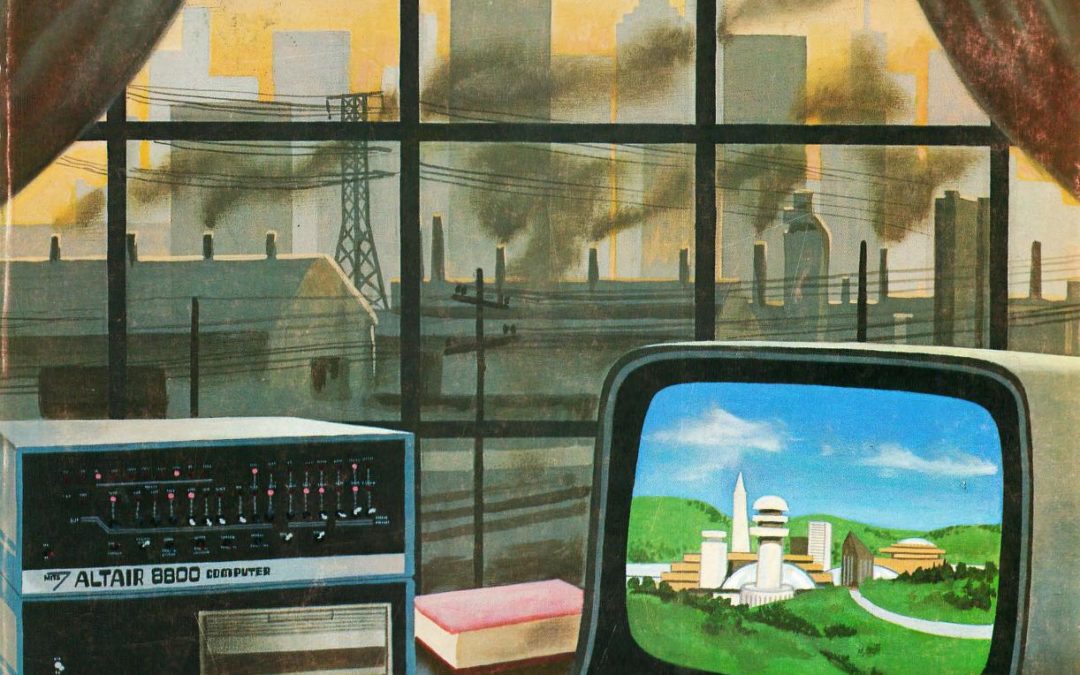
In the long 1980s decade, some hardly souls in both New Zealand and Australia built their own computers.
New Zealand Microcomputer Club legend, Selwyn Arrow, recalls building his first computer (or part thereof):
It was either Christmas 77 or 78, more likely 1978…A copy of Byte magazine arrived…I read it twice, including all the ads. It just opened up a whole new world…
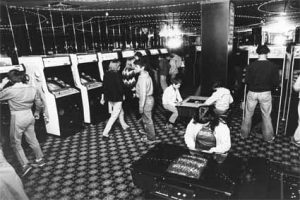
What was your local arcade like? Tell us about it. Were the machines new, with their own artwork? Or were they generic cabinets, converted from other games?
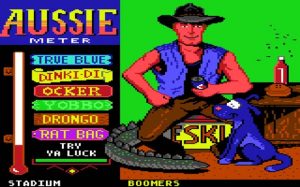
This month, we are discussing local scenes and themes, on both sides of the Tasman. To kick things off, I figured the New Zealanders might enjoy a laugh at some cringeworthy Australiana…
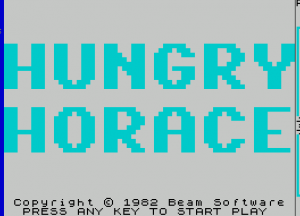
Alfred Milgrom and Naomi Besen established Melbourne House as the London distribution arm for their general book publishing company in 1977. In the early 1980s, Milgrom read an article in the Australian Financial Review that discussed publishing ‘How To’ books for the emerging home computer market…
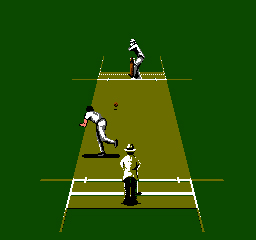
Released in 1992, International Cricket is the second of the Australian Sports Games Beam Software self published in Australia for the Nintendo Entertainment System (NES ) through their publishing arm Laser Beam Entertainment. It followed on from Aussie Rules Footy in 1991.

“1986” is a challenging Donkey Kong clone. You have to attempt to get through the screens by climbing ladders in a maze, avoiding hazards and racing the clock.
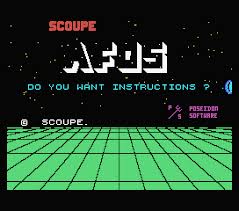
“Afos” is an arcade-style centipede game. It is a very funny game that looks like a clone of “TRON” or “Centipede”.
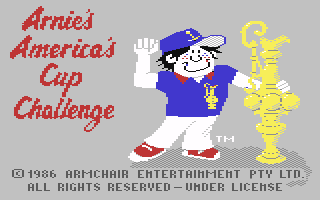
“Arnie’s America’s Cup Challenge”, the Official America’s Cup Sailing Simulation computer game, was developed for the Commodore 64/128 and the Amstrad. Being a simulation game, it offers you a chance to race the actual 24.3 mile course off the coast of Perth, Western Australia.
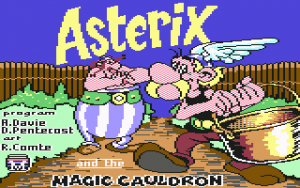
“Asterix and the Magic Cauldron” is based on the characters and the world of the “Asterix” comic books. The aim of the game is to take Asterix and Obelix on a journey to collect all seven pieces of Getafix’s broken cauldron. Asterix needs to carry food, for Obelix to follow him.

A compendium of different games, it includes a boomerang throw, a bellywack competition, an Aussie Rules football punting game, a dry boat race and the infamous skeet shoot. In the skeet shoot game, you have to hit an empty beer can thrown from a moving ute. Success results in the dog, who is riding shotgun in the ute, chundering
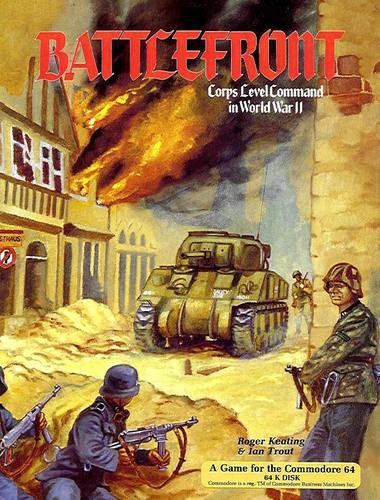
“Battlefront: Corps Level Command in World War II” is a turn-based strategy/war simulation game. A recreation of the land battles of World War II, it offers the following scenarios: Crete (1941), Stalingrad (1942), Saipan (1944) and Bastogne (1944-5). It includes a complete scenario editor, which is unusual in that it enables creation of new terrain types, and can even be invoked mid-game.

Bunyip Adventure” is a conventional text adventure that is set in outback Australia. The top half of the screen displays your current static position. The bottom half logs dynamic events. The aim is to catch the Bunyip, a creature for Australian Aboriginal mythology that lives in the still water of a billabong. The game features a host of other references to Australian flora, fauna and folklore:

Conflict” is a company-level simulation of a battle between a modern combined arms force and a well equipped rebel force.

“Demon Stalkers” is an action RPG / editor – construction set game. It is essentially a “Gauntlet” clone. You must travel through ninety-nine mazes before meeting the final demon. The game features different enemies as you progress through the mazes, with clues to progression built in.
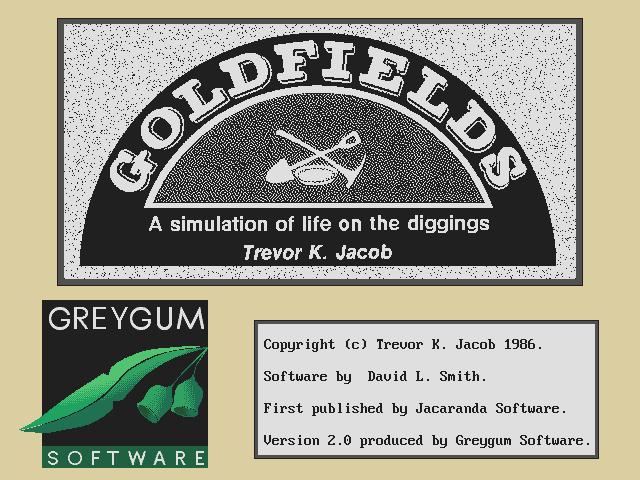
“Goldfields” is a simulation of a nineteenth century gold rush. It is designed to give students a “feel” for the social history of the gold rushes. As a player, you are a recent, penniless arrival to Suze Port. To succeed in the game, you must survive the long and dangerous walk to the gold fields and then you have to become wealthy within one year.
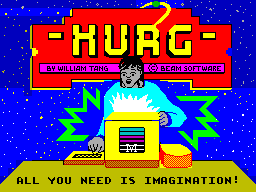
“H.U.R.G., High-Level User-Friendly Real-Time Games Designer”, is a program that enables you to create games. It is a menu-driven program, which was relatively new at that time, and it enables people with little or no programming knowledge to make their own games.
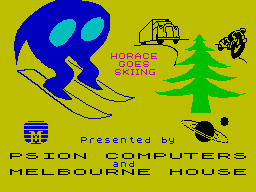
“Horace Goes Skiing”, released in 1982, was a spin-off from the successful “Hungry Horace”. “Horace Goes Skiing” is initially similar to the arcade game “Frogger”. In this instance, Horace has to negotiate a busy and dangerous road, in order to get to the ski shop, to rent a pair of skis.

























